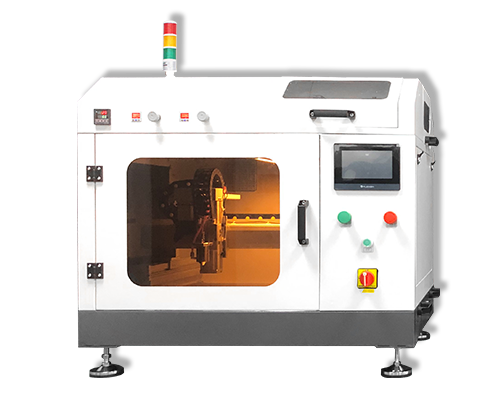Electrochemical Gas Sensor
Electrochemical Gas Sensor – Multi-Axis Coating Systems – Cheersonic
Due to the growing demand for gas detection, such as toxic chemical monitoring in industrial processes, air quality analysis of breathing air, detection of combustible gases in vehicles, and methane detection in mining, the global gas sensor market has been rapidly growing in the forecast period, as well as measuring blood alcohol concentration through breathing samples. According to different technologies, gas sensors can be divided into many types, including catalytic gas sensors, optical gas sensors, semiconductor gas sensors, thermal conductivity gas sensors, electrochemical gas sensors, photoionization detectors, etc. Among them, electrochemical gas sensors are considered as one of the most promising candidates, benefiting from their many advantages. First, the high sensitivity makes the electrochemical gas sensor suitable for low concentration detection in the ppm range. In addition, the linear relationship between the target gas concentration and the generated current makes the electrochemical gas sensor have better accuracy and repeatability. In addition, compared with semiconductor and thermal conductivity gas sensors, electrochemical gas sensors usually have higher selectivity, and also have the ability to detect various gases by modifying materials.
Typical electrochemical gas sensors work by reacting with target gas components and outputting electrical signals proportional to gas concentration. The electrode material of the electrochemical gas sensor has a key influence on the selectivity of the sensor by carrying out a designated catalytic reaction with the corresponding gas, while the electrolyte material plays a key role in the sensor sensitivity by affecting the reaction rate, thus affecting the strength of the output electrical signal. Therefore, it is very important to use excellent electrolyte materials for excellent electrochemical gas sensors. In general, the ideal electrolyte should have good ionic conductivity, excellent thermal stability and electrochemical stability. However, liquid electrolyte also has leakage and dryness problems after a long time of operation. If organic solvents are used in the system, there are risks of flammability, volatilization and toxicity.
Solid electrolyte membrane may be a good substitute, which can be simply molded into a variety of configurations and packages without leakage and drying problems. However, their relatively low ionic conductivity greatly limits their wide application. The low ionic conductivity value is due to the blocking of the ion transport path in the solid phase. Gel solid electrolytes with unique structure and performance are booming, which creates more possibilities for the development of electrolytes and quickly attracts the attention of researchers.
The gel solid electrolyte usually consists of a host polymer and a liquid electrolyte or conductive salt dissolved in a liquid solvent. Compared with all solid electrolyte, gel solid electrolyte shows excellent ionic conductivity due to the presence of liquid phase, which provides a more free and easier moving path for ions rather than a closed all solid phase. In addition, the host polymer can be used as a three-dimensional network to capture the liquid phase into the polymer matrix, providing a solid and flexible framework for the membrane. However, due to the fiber like three-dimensional network structure, gel solid electrolytes cannot block the gas molecules flowing through their internal porous channels, which limits their application as solid electrolytes in electrochemical gas sensors. Graphene oxide is the oxidation product of natural graphite sheet, which is widely used as chemical or thermal modified materials. Importantly, the rich carboxylic acid groups at the edge of graphene oxide sheets will generate negative charges when stripped in water, and these negatively charged nano sheets are impermeable to most gases, such as methanol, ethanol, methane and carbon dioxide, making them promising candidates for gas barrier nano composites.
Ultrasonic spray fuel cell catalyst coating system can produce highly uniform, repeatable and durable coatings. Our ultrasonic spraying can well control coating properties, significantly reduce material usage, and reduce maintenance and downtime. Uniform catalyst coatings are deposited onto PEM fuel cells, GDLs, electrodes, various electrolyte membranes, and solid oxide fuel cells with suspensions containing carbon black inks, PTFE binder, ceramic slurries, platinum and other precious metals.
Cheersonic is the leading developer and manufacturer of ultrasonic coating systems for applying precise, thin film coatings to protect, strengthen or smooth surfaces on parts and components for the microelectronics/electronics, alternative energy, medical and industrial markets, including specialized glass applications in construction and automotive.

